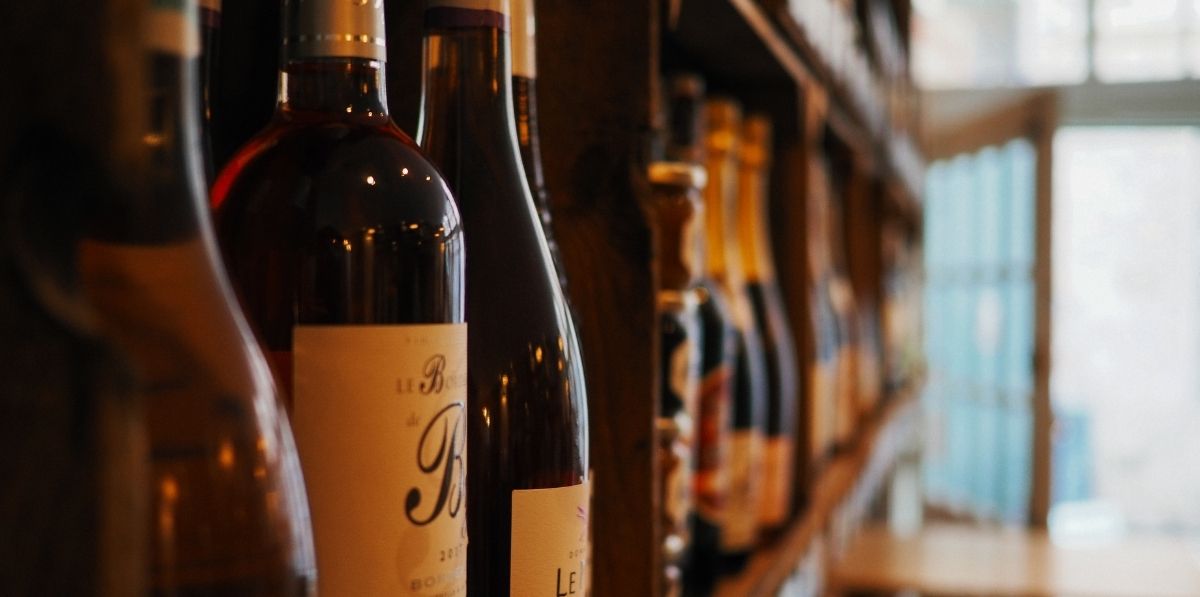In a major policy shift, the Himachal Pradesh government has increased the prices of English liquor by up to ₹200 per bottle. The Excise and Taxation Department has issued the revised price list for 2025-26 and reverted from the Minimum Sale Price (MSP) model back to the Maximum Retail Price (MRP) model.
This move comes just a year after the state adopted the MSP policy based on the practices in Punjab, Haryana, and Chandigarh. Under the MSP model introduced in 2024-25, bottles displayed a minimum price, while the profit margin was left to the discretion of contractors. However, after witnessing challenges in monitoring pricing and handling public concerns, the government has now returned to a regulated pricing system with fixed MRPs.
Revised Prices for Major Liquor Brands in Himachal Pradesh 2025
| Liquor Brand | PRICE IN MRP (₹) |
|---|---|
| Black Dog | 1750 |
| 100 Pipers | 1650 |
| Blender’s Pride | 1025 |
| 8 PM Premium Black | 715 |
| Royal Challenge | 725 |
| All Seasons | 725 |
| Officer’s Choice | 535 |
| Royal Stag | 750 |
Last year, the government classified Indian-made foreign liquor (IMFL) into two categories: low brand (MSP up to ₹500) with 15% profit and high brand (above ₹500) with 30% profit. However, the newly announced MRPs have exceeded those margins, leading to a steep increase in retail prices. The hike follows higher base prices set during the liquor auctions this year.
Despite this change, the government aims to increase revenue from ₹2600 crore in the previous financial year to ₹2800 crore in 2025-26.
Mandatory Price Lists and Complaint Mechanism
As per the latest directives, every liquor outlet in the state must prominently display the updated price list of all brands. Moreover, each list must also include the contact number of the area Excise and Taxation Inspector. In case a retailer charges above the MRP, customers can directly report the complaint to the concerned officer.
This significant price increase has sparked discussions among consumers and vendors alike. While the government hopes for improved revenue and stricter regulation, many consumers feel the pinch of the price surge.





